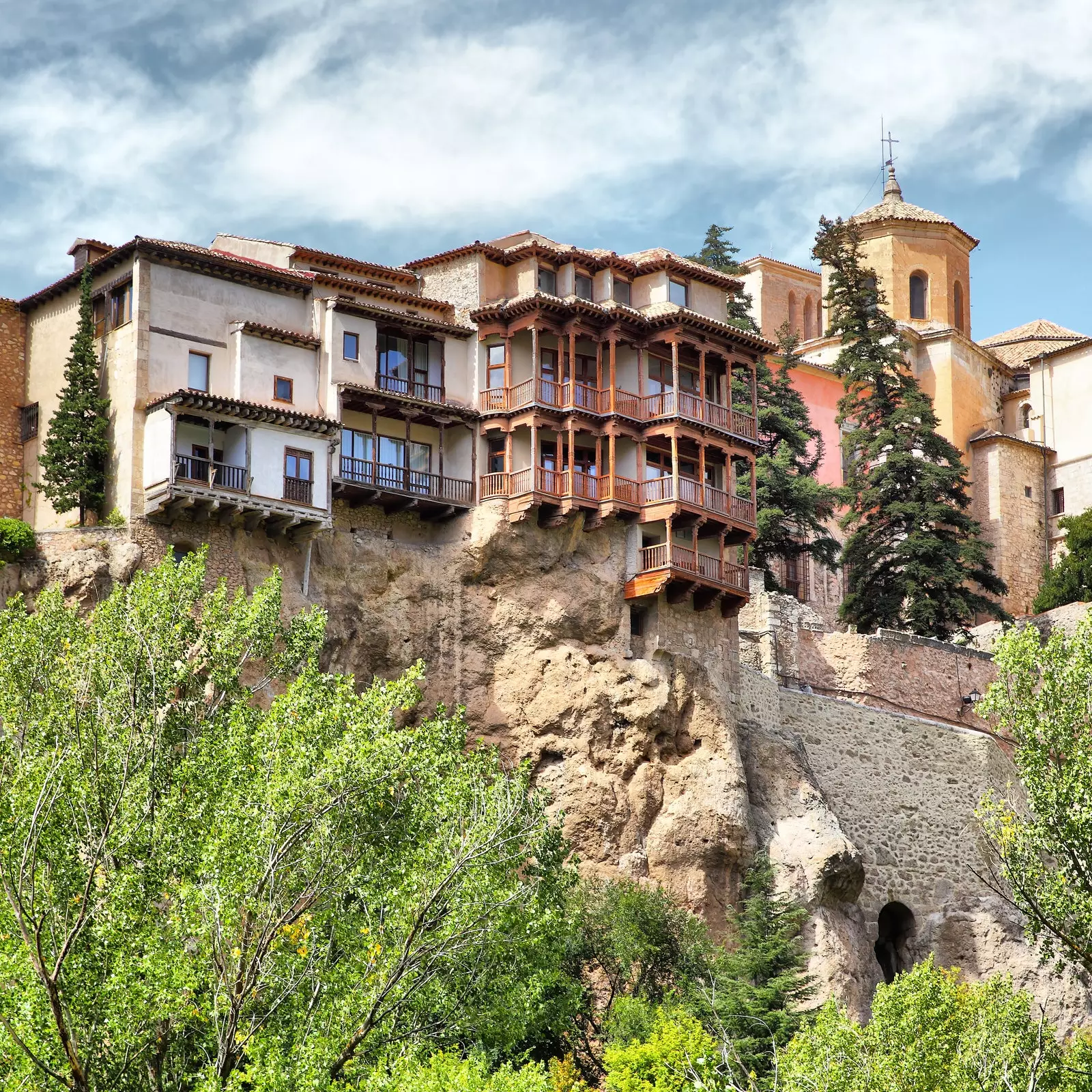
Cuenca, kilometers of calm
Discover Cuenca it is to take a journey through a history that has seen battles in its fields, the rise of civilizations or the emergence of knowledge and trade in medieval towns. Part of the legacy of Roman culture has remained in the lands of the magical province of Castilla la Mancha. Ercávica, Valeria, Noheda and Segóbriga They were three important Roman cities that today have become one of its main tourist attractions. The Roman theater of the latter , belonging to the time of Titus and Vespasian, is in a very good state of preservation and has always housed a Greco-Latin Theater Youth Festival which attracts thousands of people every year.
It is certainly the Middle Ages which has marked a before and after in the history of Cuenca, a history visible in its castles . On our roadmap we must make a stop at Alarcón (Historic-Artistic Complex for almost a century) and its formidable medieval castle where Don Juan Manuel wrote part of his literary work and which currently houses a Hostel where guided tours are organized.
Another essential stop is Belmonte, medieval walled town in whose castle it is said that Juana la Beltraneja was held and where film classics such as The Lords of Steel, Joan the Crazy either El Cid (yes, Charlton Heston was here too). And the route of the castles of Cuenca well worth a stopover in the castles of Cañada del Hoyo, by Garcimuñoz, that of Rochafrida in Beteta with its majestic arcaded Plaza Mayor or that of The Bobadillas , located in the unique Historic Complex of Moya.
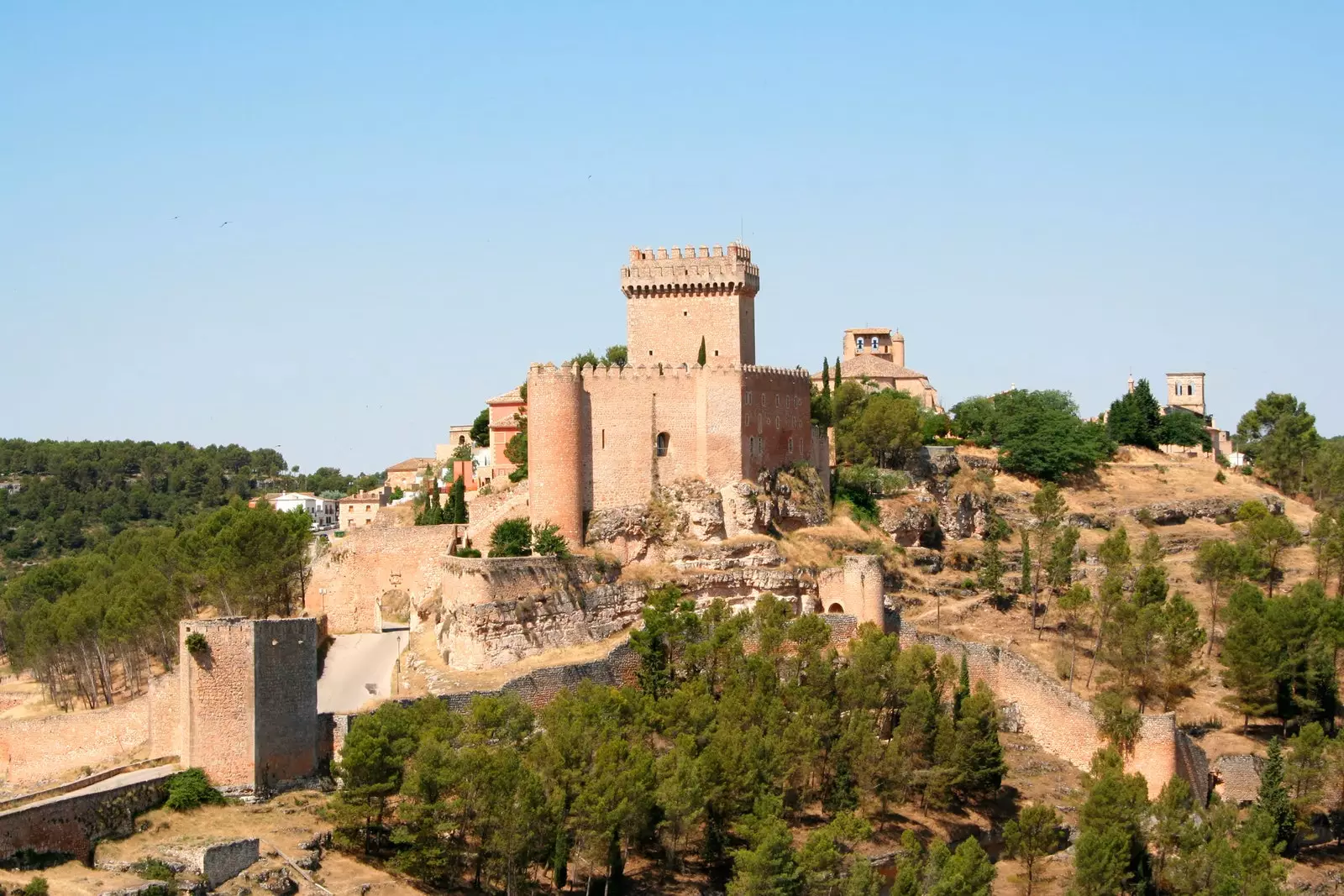
Alarcon Castle
Arriving in the capital is giving meaning to the whole experience . The city of basin In 1996, it became the third Spanish city to enter the exquisite club of world cities that are World Heritage , and getting lost in its streets is a real pleasure.
The itinerary through Cuenca must start from its majestic cathedral of Saint Mary and Saint Julian , one of the first Gothic temples that were built in our country and next to which is the Episcopal palace . The city is dotted with a multitude of churches, monasteries and convents that denote the importance it had in the Middle Ages.
The city of Cuenca still preserves the remains of his castle whose wall is still standing since the last building in the time of Felipe II. It is very important to follow the medieval layout of its streets and cross its bridges. From San Pablo you have the best photos to remember the famous Hanging houses , three curious fifteenth-century houses that seem to slide down the rock. In one of them is the Museum of Spanish Abstract Art , one more proof that For Cuenca, art does not attend to the passage of time . Although time stopped a long time ago at the top of Cerro del Socorro, where the panoramic view of Cuenca with the gorges of the Júcar and Huécar rivers it is simply priceless.
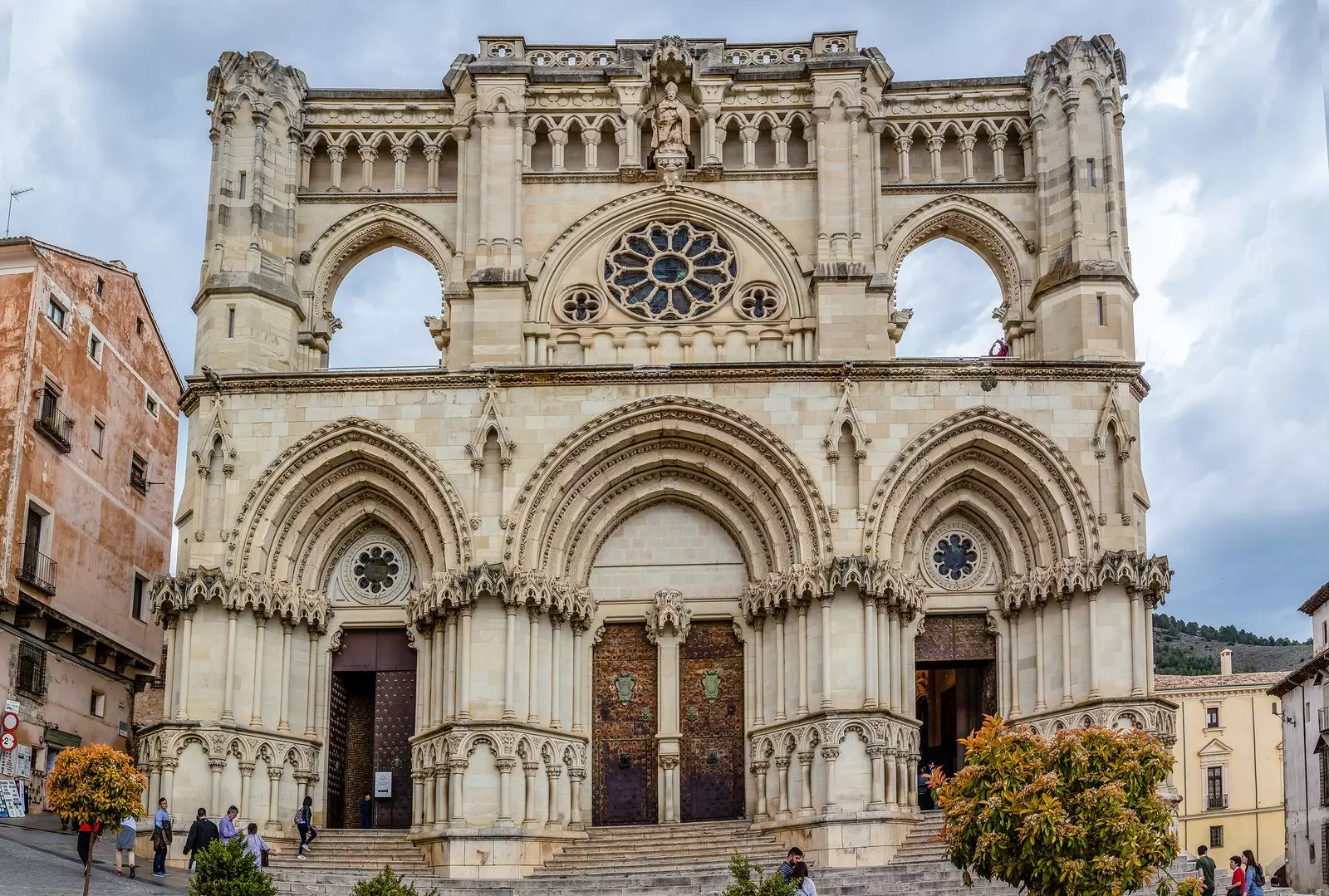
Cuenca Cathedral
ROAD TRIP THROUGH A UNIQUE NATURAL ENVIRONMENT IN THE WORLD
Rediscover the immense beauty of Cuenca by highway It is an experience that you have to live at least once in your life. The landscape of the region slides like oil paints on a painter's palette, drawing different faces at each curve of the road. And at a slow speed, because touring the landscapes of Cuenca must be done with the restraint that such a spectacle deserves.
We can take advantage of the stop at betta to tour the High Serrania of Cuenca , dotted with green forests inhabited by roe deer, wild boar or mouflon. A visit that is necessary ( with prior reservation, essential ) is to El Hosquillo Hunting Park , home to birds of prey such as the griffon vulture, wolves and even bears. The landscape is dotted with poplars but also with lime trees and willows in Las Hoces . Also in these lands is the Solán de Cabras Spring , which owes its name to a shepherd who saw how his sick goats healed by bathing in said spring.
the other side of the Natural basin, the so-called Serranía Media , is of unusual beauty. The laricio now replaces the poplar and the fields are covered with vines, sunflowers and olive trees. Land of farmers and artisans from the countryside that has seen how its landscapes have been transformed over the centuries in the basins of its rivers and that delights lovers of hiking. Surrounded by pine forests, here is one of the flagships of the beauty of Cuenca, the Enchanted City , a city sculpted in stone that forms a Unique Natural Park in the world . And it is not the only whim of nature, the Serranía Media also hides other incredible places such as the Torcas de los Palancares, pierced by water, a place where you will not want to stop taking photos.
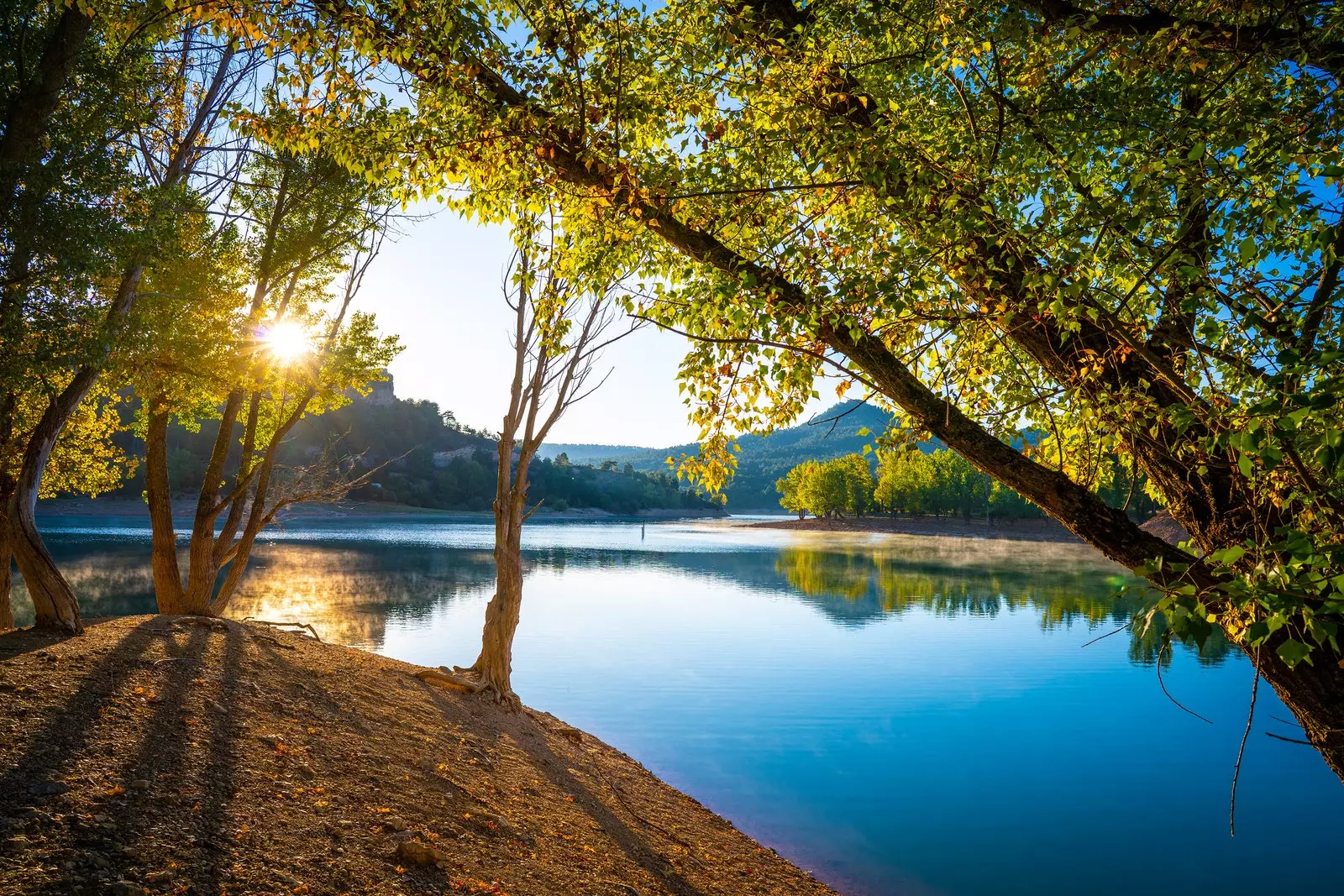
Tobar Reservoir in the Serranía de Cuenca
EAT AND SLEEP IN CUENCA WITHOUT HURRY
One of the most seductive things about Cuenca is that It is the perfect place to find calm without giving up a good table . Because we are at the epicenter of slow-life and enjoying the stay without haste is part of the philosophy in a getaway of these characteristics. Good account of it gives the Raff restaurant , which was built on some old stables from the 16th century or the Michelin star trivia , a sign that Cuenca is art and sophistication
The Cuenca table welcomes you with a vine shoot, which is used to roll up suckling lamb intestines that will be roasted over the embers to make zarajos, the essential tapa to whet your appetite. The lamb is also eaten cutletillas or roasted , and is present in the stew , one more winter dish. Cuenca is also hunting ground , very present in two very representative dishes of the region and that should not be missing in the gastronomic tour: the shepherd's gazpacho and the morteruelo. There is no place in Cuenca where these delicacies are not offered.
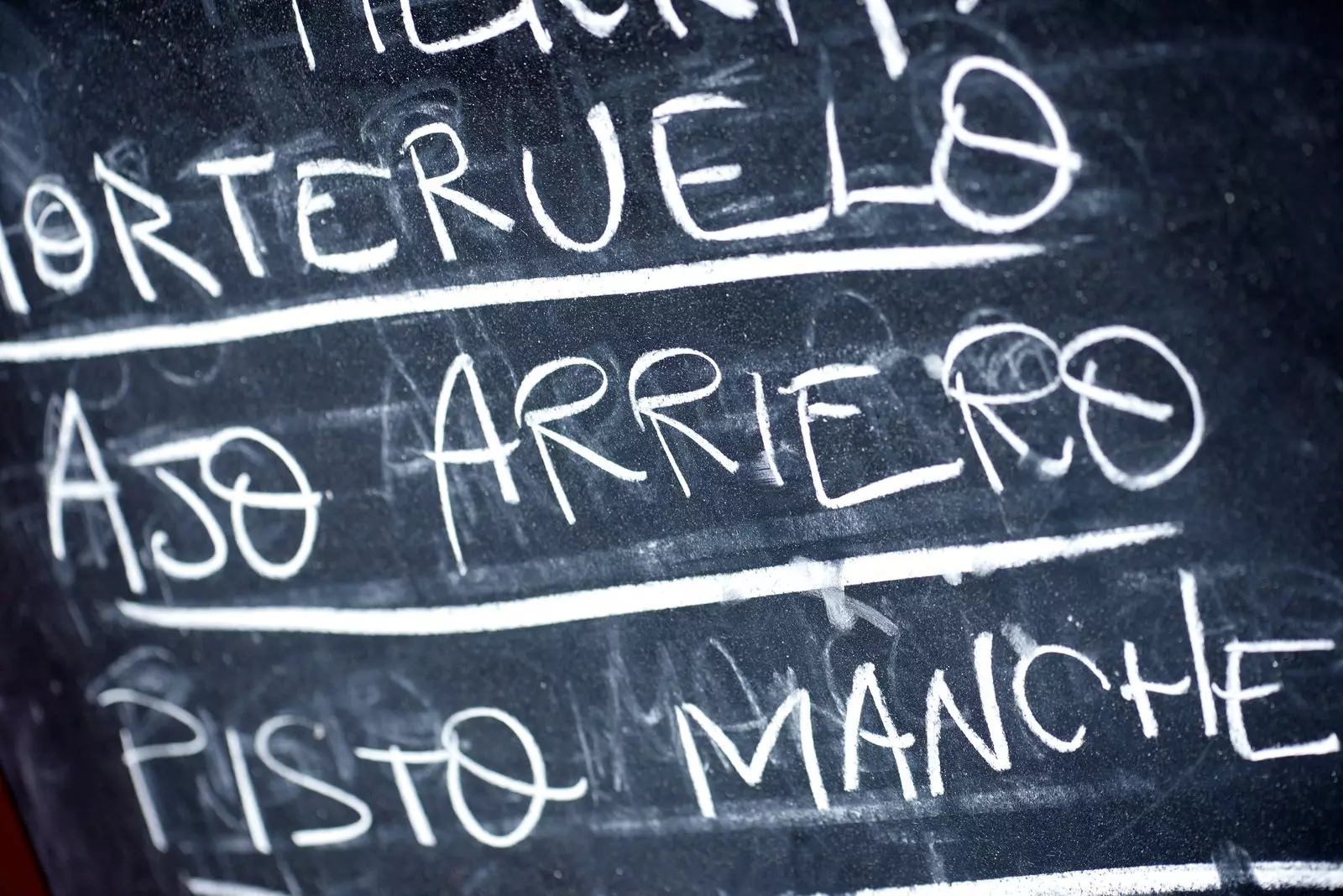
Typical dishes in Cuenca
Nor can we forget that we are in La Mancha, the manchego cheese is the order of the day in any restaurant and it is undoubtedly the souvenir that most people take home. Well, a cheese and a resoli bottle , a typical liquor from Cuenca that often comes bottled in a container in the shape of a Hanging House. The best way to pair a glass of resoli is with a Alaju, a typical Cuencan sweet similar to an Andalusian alfajor that is made with honey and toasted almonds.
Cuenca is very prepared for tourism and finding good accommodation no surprises too easy.
Alarcon Parador (Avda. Amigos de los Castillos, 3. Alarcón). Is he Hotel that houses the Castle of Alarcón , the perfect place to organize your visit to Alarcón and not miss out on the experience of sleeping in a castle. They also organize visits to wineries in the area, perfect for lovers of wine tourism.
Cuenca Parador (Ascent to San Pablo, s/n. Cuenca). What was a convent in the 16th century is today a majestic inn with one of the best views of the Hanging Houses. Inside hides a amazing terrace perfect for romantic dinners under the moonlight.
Hotel Spa Palacio Infante D. Juan Manuel (C/ Infante Don Juan Manuel, 2. Belmonte). There is no better way to end your route through the Cuenca de la Calma than in this paradise of tranquility. It was a fortress and convent. In addition to a interesting spa circuit , has a restaurant inside that reviews all the cuisine of Cuenca.
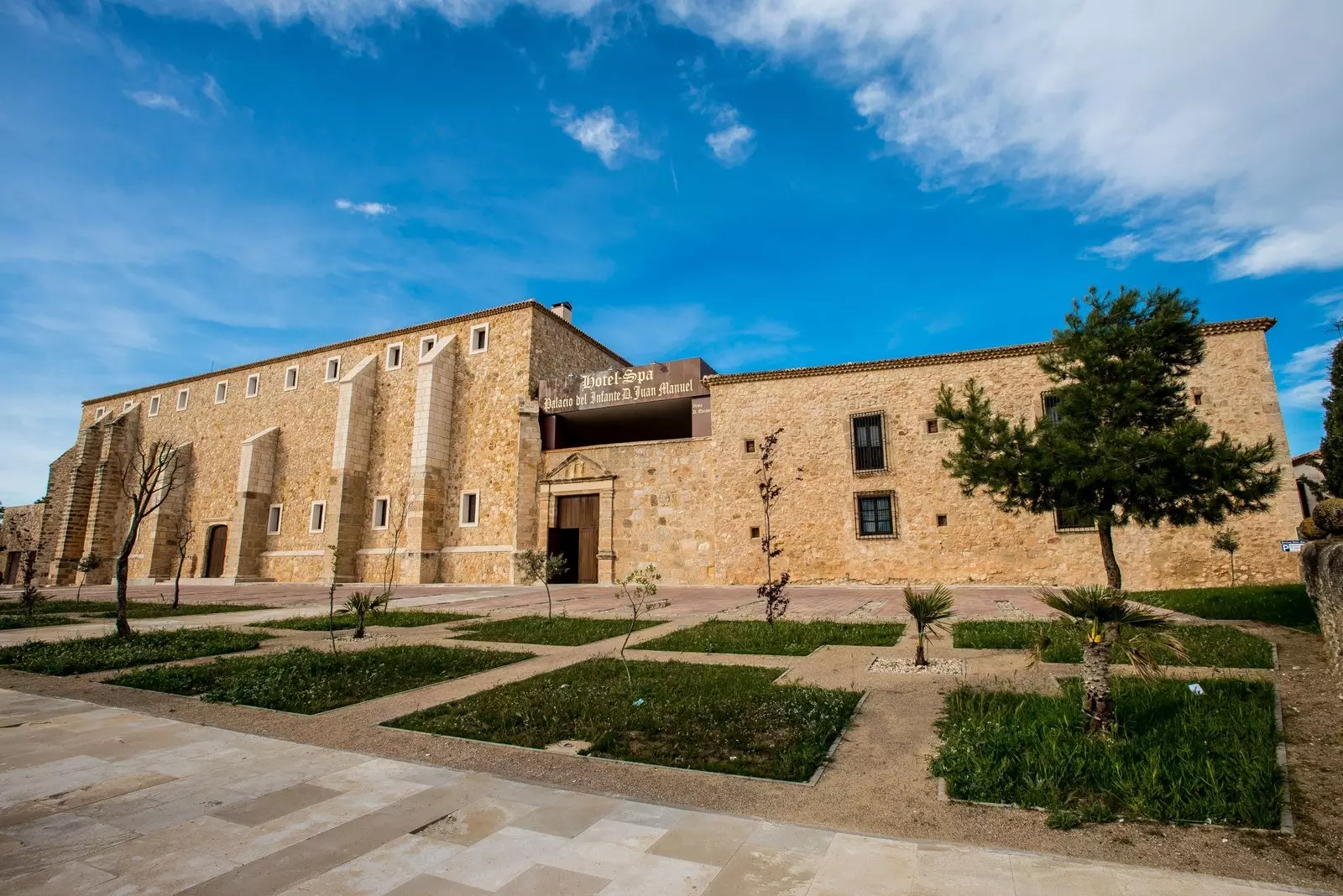
Palace of the Infante Don Juan Manuel de Belmonte
